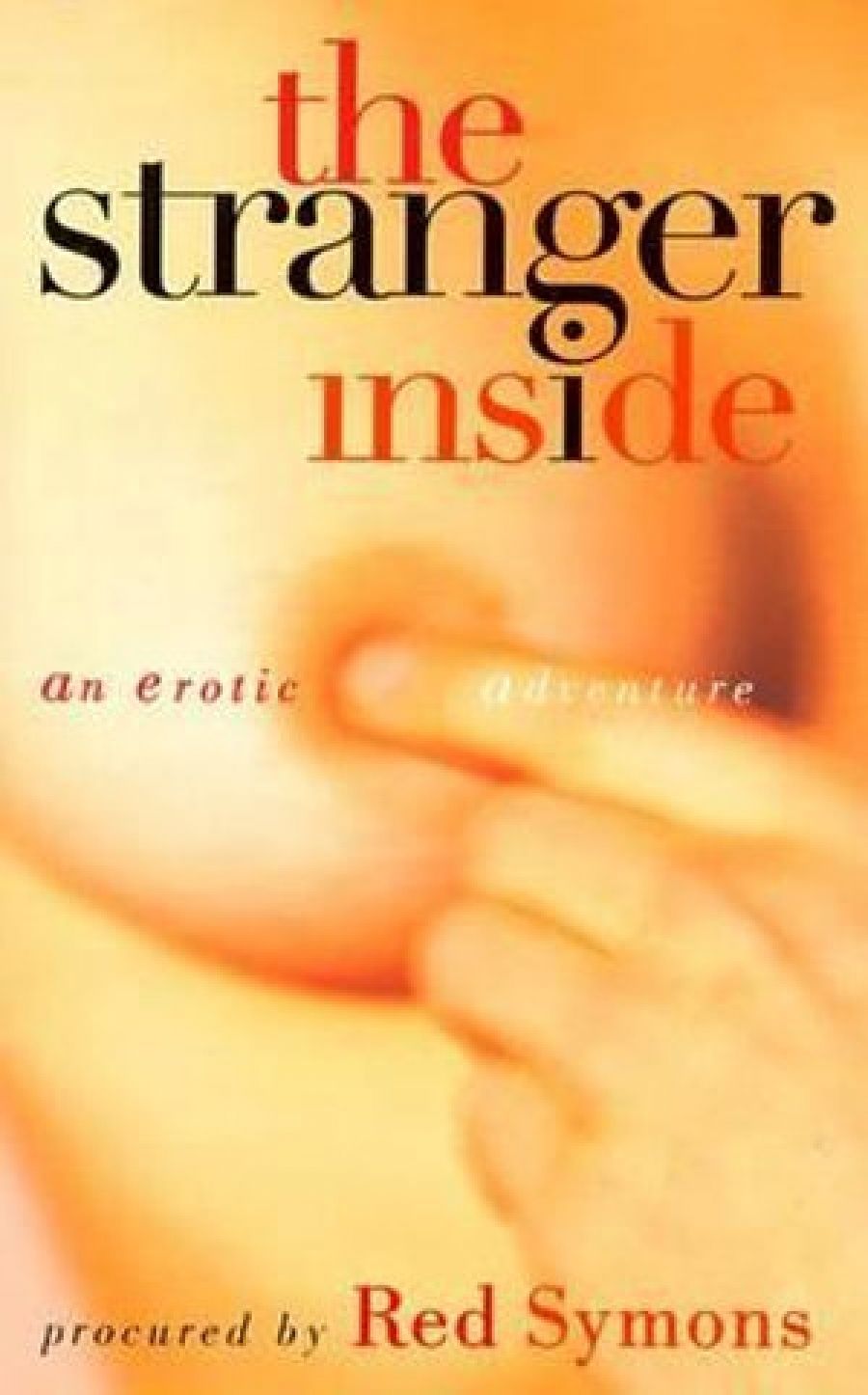
- Free Article: No
- Contents Category: Short Stories
- Review Article: Yes
- Online Only: No
- Custom Highlight Text:
The Stranger Inside is billed on its own front cover as ‘an erotic adventure’. The title would be considerably more innocuous if the book didn’t announce itself as erotica, but once it does, the phrase ‘the stranger inside’ suddenly becomes suggestive in the extreme. It’s a good title, partly because grammar renders it fruitfully ambiguous: apart from the obvious implication, it could also mean ‘the inner alien’ (a fragment of psychobabble, as in ‘the inner child’), or perhaps ‘the more peculiar interior’ (as in ‘my inside is stranger than yours’). Whichever way you read it inside the body, inside the book, inside the soul the phrase suggests that eroticism depends on a combination of interiority and mystery.
- Book 1 Title: The Stranger Inside
- Book 1 Subtitle: An erotic adventure
- Book 1 Biblio: Text Publishing, $16.95 pb
The book was cooked up by publisher Di Gribble and musician Red Symons, who calls it ‘a serial erotic novel’. There are twelve contributors of one chapter each, displaying wildly differing levels of talent and humour. Characters were invented and the plot of necessity episodic collectively produced by an arcane process explained in the introduction. The twelve contributors are Jean Bedford, Jennifer Byrne, Bryce Courtenay, Peter Goldsworthy, Gwen Harwood, Mark Henshaw, Gabrielle Lord, Steve J. Spears, Red Symons, and Lee Tulloch. I think this is a pretty weird team, frankly, and would like to know which authors if any were approached and said no. Imagine such a book with chapters contributed by Elizabeth Jolley, Robert Dessaix, Drusilla Modjeska, Robert Drewe ...
Once upon a time, in university English departments all over the country, one of the many tests to which students were subjected was precisely the one this book offers the reader: the test of whether or not one could identify who wrote what. For what has been kept hidden in this book is the matching of contributor with chapter; Text Publishing, it seems, has even given ‘contractual guarantees about discretion’. In Adelaide we called this guessing game Practical Criticism, and the object of the exercise was to look at an unidentified piece of writing and deduce from its style and content as much information as we could about the writer and his/her genre, provenance and period. In the Melbourne University English Department, this process was called ‘Dating’, which visiting Americans found hilarious.
Now I was pretty good at this game, but even though I know quite well the work of some of the contributors to The Stranger Inside, I cannot identify a single author. There are some clues: the juxtaposition within a single sentence of the phrases ‘Datsun Bluebird’ and ‘botanical gardens’ suggests Peter Goldsworthy, though I doubt he would have included the phrase ‘medical cool’ in this, or indeed any, sentence so it probably isn’t him at all; and while Gwen Harwood may not have written the following, I would like to think she did:
... there’s a crab called Cancer Magistra with a shell that fits in the golden rectangle. I think we should all go and measure one another and see how we compare with Leonardo’s real or ideal man. Look at those lovely genitals what would they fit in?
The appallingly nasty ‘pubic hair topiary’ chapter was almost certainly written by one of the men, but not Goldsworthy and probably not Spears. The ‘phone sex’ chapter suggests Jennifer Byrne, though I can’t explain why; and somebody who’s read American Psycho wrote the yuppies-in-the-restaurant chapter: ‘wine stains on a Hugo Boss tie’, indeed. Working out the possible permutations is rather like one of those logic puzzles that goes ‘Lucinda is wearing crotchless knickers and Ermintrude knows the Venus Butterfly; Arthur is double-jointed, Gerry is reading Fanny Hill, and Angus has a headache; the woman with red hair likes to be kissed on the inside of the elbow, and the youngest man is in love with his horse. Who wrote the shopping list?’
As Symons wrote in his letter of invitation to the other eleven writers, the mystery about which contributor wrote which chapter
... has many delicious ramifications. It places the reader in the position of having to try and figure out each writer’s bent. If any chapter meets glowing praise it can be yours. Should you have a grudge against any other contributor, you can write a damning chapter in their style. Simply put, it frees the writer and teases the reader.
Part of this ‘tease’ is that the nature of the exercise, and probably also of the subject matter, tends to flatten out writing styles. With one or two exceptions, it seems conceivable that most of the chapters could have been written by the same person. Everyone, in what seems to me a rather self-defensive move, has gone for some level of comedy. There’s plenty of farce and a roaring trend in body parts, but nobody has seriously tried to write about passion.
It’s fun, and some of it is outrageous: but with the exception of the odd oblique moment – page 131, for example, the bit with the punchline that goes ‘I’ve loved arses ever since’ the word ‘erotic’ isn’t quite the one that comes to mind. Unless you’re turned on by the very sight of certain words, by the bizarre, or by misogyny and sexual aggression, you’d probably be better off with a carefully chosen book of Japanese prints or a well-equipped bathroom.
Perhaps this is partly to do with the book’s self-publicity, if not its very genesis; announcing that one intends to be erotic, like announcing that one intends to be funny, can be a self-defeating move. It can generate, in the intended audience or object, a sort of boundary-defending, truculent resistance to invasion, a refusal to be aroused or amused on cue. Both laughter and desire are more likely to flower from surprise.


Comments powered by CComment